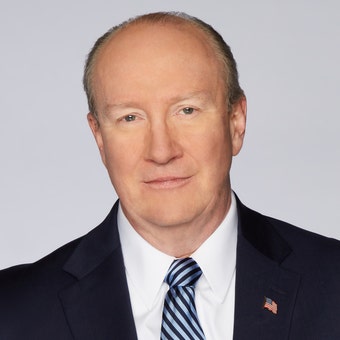Fox News Flash top headlines for October 27
Fox News Flash top headlines are here. Check out what's clicking on Foxnews.com.
There are strict constructionists, but who knew Chief Justice John Roberts was a strict federalist?
That is one takeaway from the Supreme Court’s ruling Monday night, rendered as Justice Amy Coney Barrett’s nomination was being approved by the Senate. In a 5–3 decision, the Court declined to endorse a federal district judge’s rewrite of Wisconsin State election law. This time, the chief justice joined the Court’s four conservative justices — Clarence Thomas, Samuel Alito, Neil Gorsuch and Brett Kavanaugh — leaving the three liberals in the minority, with Justice Elena Kagan’s dissent joined by Justices Stephen Breyer and Sonia Sotomayor).
This was in marked contrast to the Court’s 4–4 deadlock a week earlier in a Pennsylvania election-law case, where a state court’s rewrite of the state’s election law was permitted to stand because Roberts joined the three liberals. (See my earlier column on the Pennsylvania and Wisconsin cases.)
CLICK HERE TO GET THE OPINION NEWSLETTER
The new case is Democratic National Committee v. Wisconsin State Legislature. The Court’s ruling prevents a federal judge from forcing the state to extend for six days following the November 3 election the deadline for receiving ballots (i.e., ballots would be counted until November 9, as long as they were postmarked on or before Election Day). This is very similar to what happened in the Pennsylvania case, where the state supreme court altered the deadlines. In his concurrence, however, Roberts invokes the primacy of state sovereignty in contending that the Wisconsin and Pennsylvania situations are different.
CLICK HERE TO GET THE FOX NEWS APP
On "The McCarthy Report" podcast last week, National Review's Rich Lowry and I explored this question and I opined that the state/federal distinction was not the main issue. I argued that the dispositive points are (a) deference to state legislatures as opposed to courts (regardless of whether they are federal or state courts), and (b) adherence to the Supreme Court’s Purcell doctrine, which holds that election rules may not be altered close to the time of the election (or, as here, when the election is already underway, via mail-in voting).
CLICK HERE TO CONTINUE READING ANDREW McCARTHY'S COLUMN IN THE NATIONAL REVIEW


